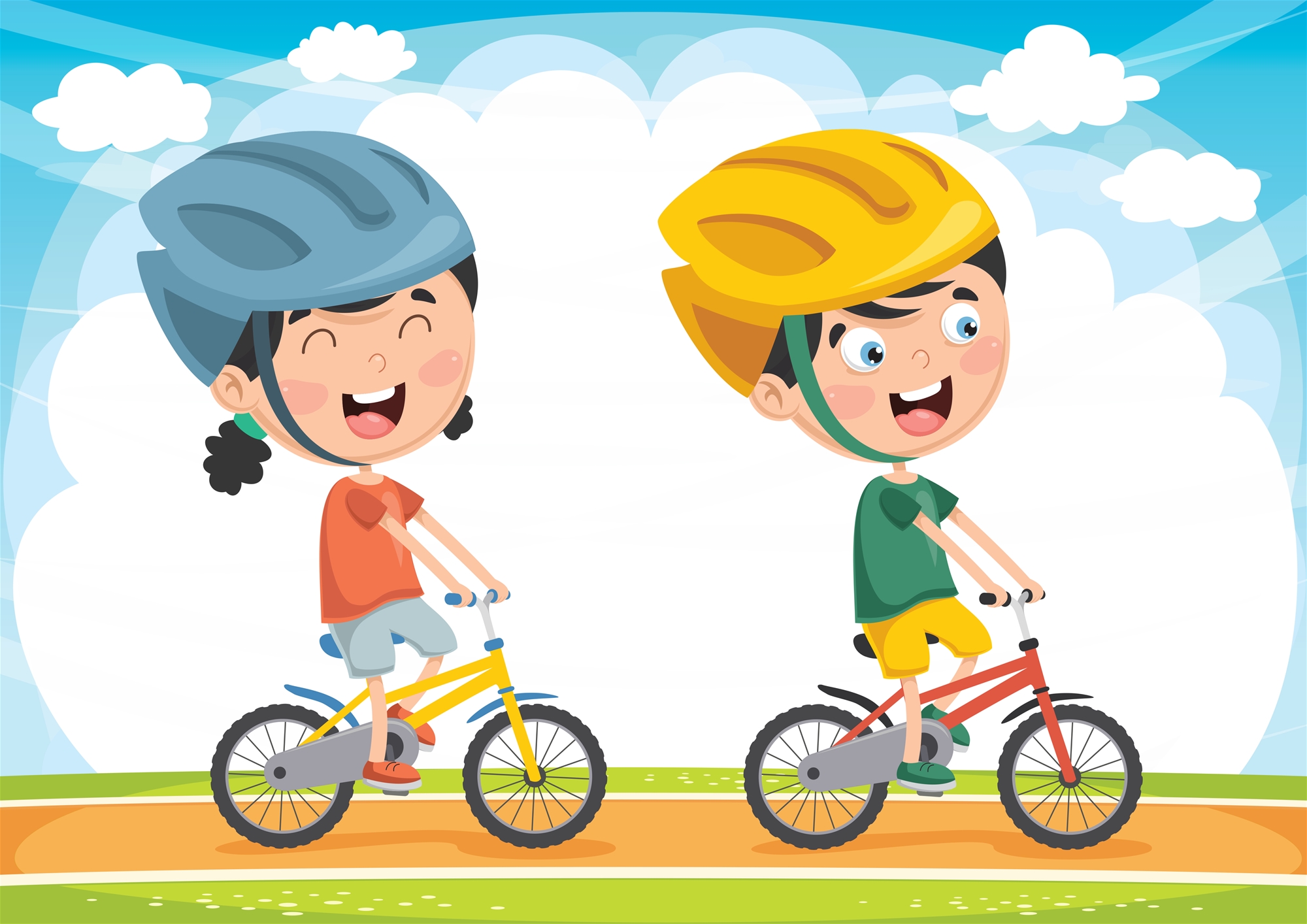The common causes of children's head injury are falls, falls from heights, abuse, traffic accidents, etc., resulting in scalp, skull, meninges or brain tissue injuries. Generally speaking, the severity of the injury depends on the magnitude of the stress at the time of the accident. Clinical observation of children's consciousness and activity is the best index to evaluate the prognosis.
Home care for head injuries
- Apply an ice compress wrapped in a towel directly to the injured area for 15 to 20 minutes per time to avoid frostbite. Applying it many times a day is allowed. Apply an ice compress on the bruised area to reduce the degree of swelling. Children with head injury often have a goose-egg like bump (do not rub it), but the size of the bump does not represent the severity of the injury.
- Within 3 days of a head injury, the child should be accompanied while sleeping. It is not usually necessary to wake the child from sleep after a minor head injury. If the health care provider recommends waking the child, he or she should be able to wake up and recognize his or her surroundings and parent/caretaker.
- The intake of food and water should be reduced to avoid vomiting reflexes.
Notes
Observe the child's spirit and reaction every hour in the first 24 hours. Generally, pay close attention to the acute phase in the first 3 days, and they can resume daily activities about 1 week later. If any of the following symptoms occurs, please see a doctor immediately:
- Losing consciousness gradually (not easy to wake up).
- Severe headache (which cannot be relieved with painkillers).
- Persistent vomiting (retching and vomiting during fasting).
- Involuntary cramps in the hands and feet or corners of the mouth.
- The hands and feet are weak on one side (becoming paralyzed).
- A baby under one and a half years old has a bulging anterior fontanelle.
- Non-stop crying after reassuring the child.
- Inability to communicate or extreme restlessness.

How to prevent a head injury caused by accidents?
- The bathroom floor should be covered with non-slip mats (or non-slip stickers). No water should be stored in the bathtub and non-slip pads should be put on to prevent children from slipping.
- Put safety mats around the bed.
- When your child starts to turn over, if you let it sleep on the couch or in bed, it's best to have an adult with it. Never leave it alone. The best method is to put the child in a crib with a fence, which is safer.
- Install protective fences at the stairway entrance to prevent injuries to infants.
- Install a child safety seat in the car properly.
- Teach children to pay attention to the cars coming from the left and right sides (turn your head to the left, right and then left) before crossing the road. Young children should not cross the road alone.
- Use appropriate protective equipment when exercising (cycling, roller-blading, skateboarding, snakeboarding, skiing, snowboarding).
- If the furniture has sharp and protruding ends, it's better to wrap cloth around them or stick anti-collision strips to reduce the chance of children's injury in case of collision.

